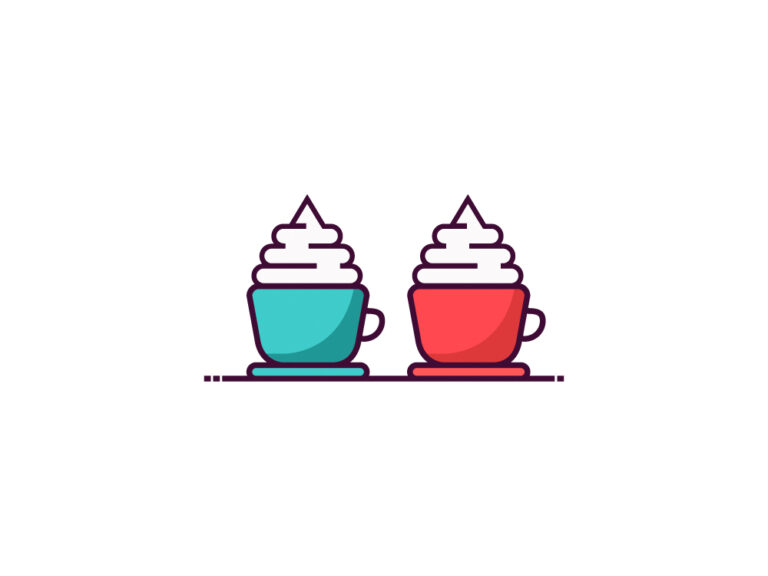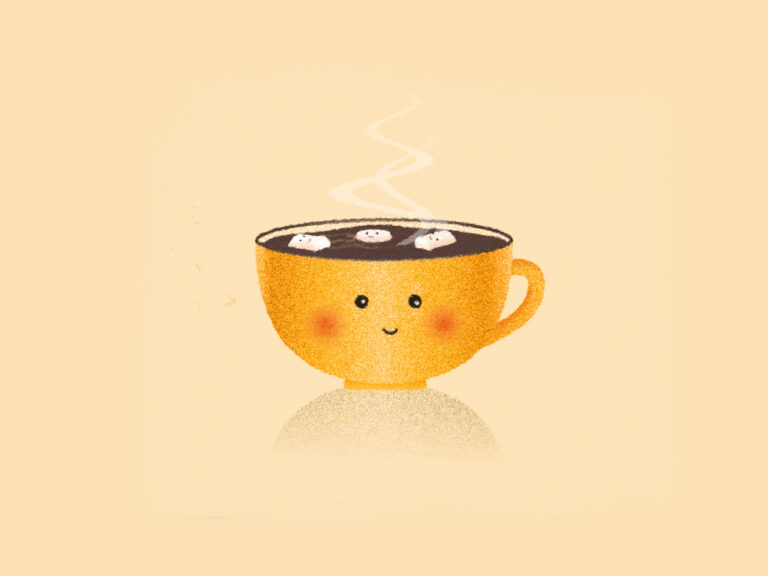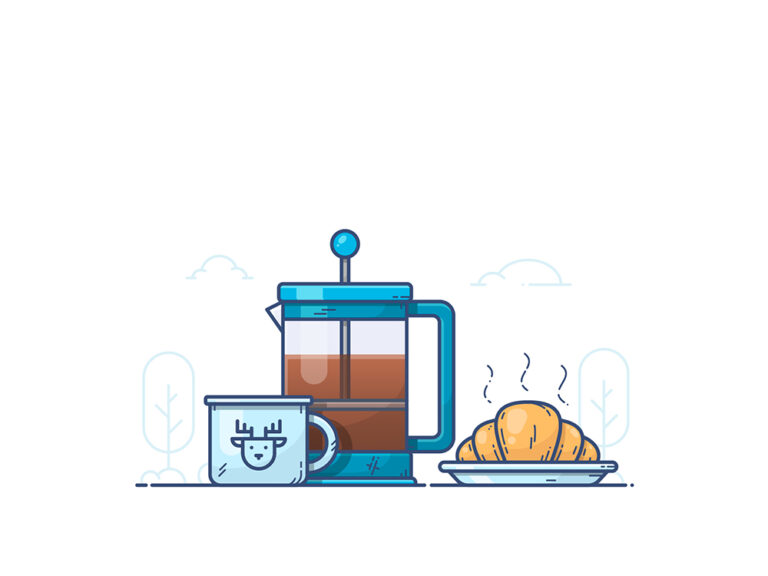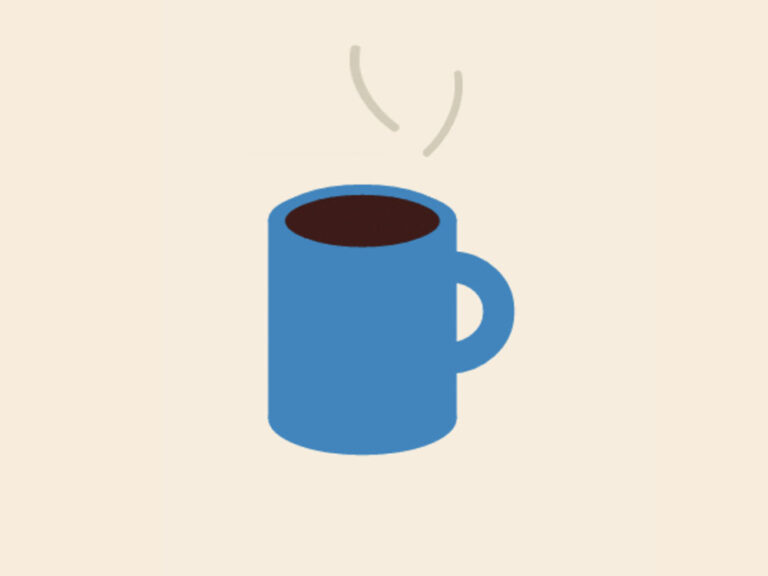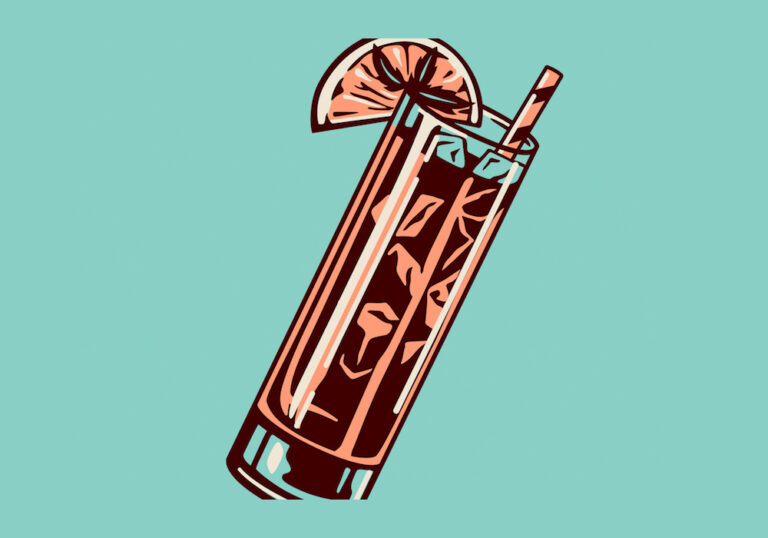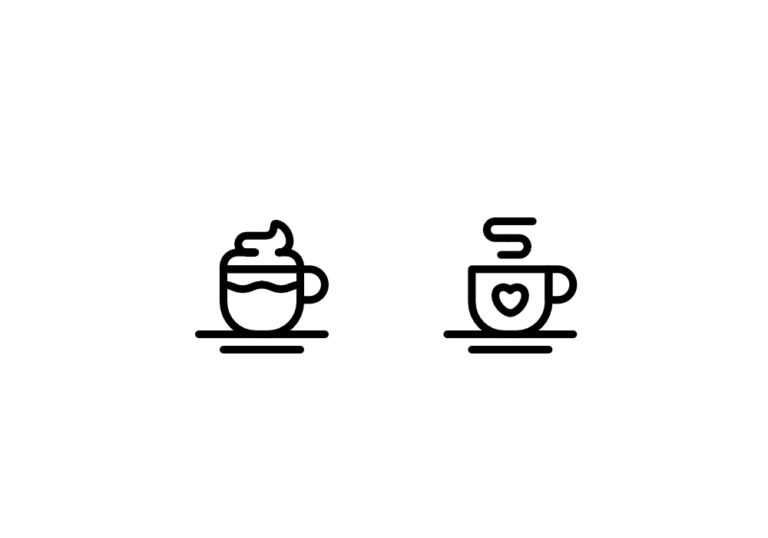
This post may contain affiliate links. As an Amazon Associate and a partner of other brands, I get a small commission if you purchase through my links, at no extra cost from you.
If you’re wondering what is java coffee exactly, you’re in the right spot!
Ever heard the term java or java coffee or even java coffee beans? Both terms actually refer to the same topic but the former is a kind of slang word for your everyday cup of coffee.
Without any further ado, let’s have a look at what is java coffee and why is it called like this.
Why Is Coffee Called Java?
The answer to why is coffee called java is pretty straightforward.
Before I embarked on this coffee journey, I also asked myself that same question.
The origin of coffee dates back to its humble beginnings in Ethiopia.
Traditionally, the Ethiopian people call coffee kahwe, which roughly translates to “what grows out of the ground.”
It refers to both the plant and the drink.
Eventually, the word was adopted by coffee drinkers in East Africa when they started drinking coffee in their local languages.
By combining it with an English name, we came up with “Java” for our new favorite beverage.
That’s how the term Java coffee was officially coined.
Where Does Java Coffee Come From?
The coffee plant (Coffea Arabica) grows in many different parts of the world.
It’s typically grown in large plantations in South America, Africa, and Asia.
The coffee trees are usually grown up to 6-feet tall.
They require a lot of care and nutrients to make it through the long process of harvesting and processing them.
Although the term java is referred to as coffee, the Java Coffee bean is a specific type of coffee bean.
It’s worth noting that there are several different species of the coffee plant and the species of the coffee blend you receive will vary.
However, they’ll most likely taste similar to what you’ve got in your cup.
The Island of Java
The island of Java is the name of a tropical Indonesian island, and one of the islands constituting the country.
The name Java is believed to come from the Sanskrit word “Jayapura“.
It is also known as “the land of volcanoes” since it has some 119 volcanic mountains, hence a popular tourist destination for volcano climbing.
The Island of Java accounts for almost half of Indonesia’s territory but has only about 5% of its population. It is also famous for its coffee.
That’s how the Arabica Java Beans got their name, by referring to the region of origin: the Java island in Indonesia.
In fact, the java island is the third largest island in the world and is located between Bali and Lombok.
Its coffee plantations use many of the methods from traditional coffee cultivation.
To produce the perfect coffee beans, only the berries grown on the east java island are of high quality.
The only difference is that it grows at a lower altitude than its other relatives.
This means they don’t have as much moisture (and therefore less caffeine) compared to other coffee varieties such as Arabica and Robusta.
This coffee is different than other varieties of other very good coffee beans, mainly because of its roasting process and it’s often paired with higher quality beans.
Its flavor is more subtle than other types of dark roast coffees, so it frequently goes hand-in-hand with sweeter/milkier blends to cut down on the bitterness.
Are Java Beans Coffee?
As mentioned earlier, Java is indeed a different type of Arabica Bean.
Coffee seedings exported to the United States and Europe are typically Arabica beans, while Java Beans are more like the full seed.
Java blend coffee comes in different varieties including Java House Blend, Hazelnut Java.
If you’re looking for caffeine when you drink your java, you’ll find that most blends contain caffeine so it will keep you energized for hours.
The difference between java beans and regular beans is in the taste.
Regular coffee has a rich, bold taste while java brews have more subtle flavors.
Roasting the beans orange or reddish-brown also adds a tone of flavor to the beans.
In addition to java blends, you’ll also find various types of specialty coffees that are only available in certain regions.
These types include organic java, fair-trade java, and kosher java.
One thing you’ll notice about most of these blends is that they contain less caffeine than coffee with a similar taste profile.
For example, a cup of organic java with a similar amount of caffeine as a regular coffee has a much more subtle taste with a nutty flavor.
But it will still get you through the day without crashing at the wrong time.
What is Arabica Java Coffee?
Arabica java coffee or java arabica coffee is made from coffee beans with a different flavor and taste than regular espresso coffee.
The reason for this difference is the roasting process used.
This process makes java beans that have a smoother, sweeter flavor and less acidity compared to a regular espresso.
The acidity of espresso beans is what is responsible for the twang or bitter taste that many people don’t enjoy.
Therefore, if you’re looking for a great tasting coffee, then look no further than java arabica coffee beans.
What Is Special About Java Coffee?
Java coffee is special due to its roasting process and comes out a coffee with almost no acidity.
The main difference is that it is wet-processed. This means that the beans are soaked in water to remove the mucilage layer of the coffee bean.
This allows for a more flavorful bean with less bitterness.
It’s worth noting that some types of dry-processed coffee beans are very similar to wet-processed beans, but they’re not as popular due to their bitter taste.
If you want a good-tasting coffee, make sure you choose a wet-processed bean.
How Do Java Coffee Beans Taste?
The taste of a perfect cup of coffee depends a lot on the particular blend you’re drinking.
Arabica Java Coffee Beans have been roasted over a longer period of time, which means that the flavor profile has been concentrated into bold, robust flavors.
If you love bold, robust flavors then you’ll love Arabica Java Coffee Beans.
What’s the Difference Between Java Coffee and Regular Coffee?
There are a number of differences between Java coffee and regular coffee. Here are some of the more apparent differences:
Taste – The taste is the biggest difference between java and regular coffee. But, there are other important differences as well, including:
Caffeine – Java blends contain less caffeine than regular coffees. So if you’re looking for a coffee to help get you through the day, consider java instead.
Availability – Regular coffee is available almost everywhere, while java is harder to find. You’ll also generally pay more for java than you would for regular coffee.
Health Benefits – Java blends have many health benefits that regular coffees don’t have. For example, they has numerous health benefits for your heart.
Conclusion – If you’re looking for a bolder-tasting coffee but don’t want to drink caffeine or have headaches, consider the health benefits of the Arabica Java Coffee Beans.
Where To Buy Java Coffee?
You can find a wide choice on Amazon. One that I recommend is The Volcanica Mocha Java Coffee.
It tastes great and the price is not too high, plus it’s delivered very fast!
Volcanica Coffee is a very good coffee I must say and it is the world’s first and most famous coffee blend.
The blend includes coffee from winy Yemen and is coupled with the full-bodied, spicy coffee from Java for an amazing flavor.
The flavor notes are: Spices, Tangerine, and Chocolate.
The Volcanica Coffee blend is Medium Roasted Whole bean allowing the true flavor characteristic to come through for a remarkable taste.
Final Thoughts About Java Coffee
Now you know why is coffee called java, what is its origin and what can you expect from it in terms of flavor and taste.
As you can see, java coffee comes in a variety of flavors and blends and will give you a nice cup of cold brew, or hot coffee. Depends on you!
It’s easy to see why when you consider the benefits of java brews.
Plus, if you’re a coffee purist, then you’ll love the fact that there are so many different flavors to choose from.

